What Are Flaring Nostrils or Wide Alar Base?
Wide or flaring nostrils, commonly referred to as “alar flare”1, are caused by an excessive width of the alar base, which is the area at the entrance to the nose. The ideal nose and nostril width are difficult to define and depend on many factors, including the size of face and mouth, and the width of the nose. To evaluate symmetry and balance, surgeons often rely on an imaginary vertical line originating from the inner corner of the eye to determine where the external border of each nostril should be placed. So in other words, the nostrils should lie within and not outside this imaginary vertical line. If you have an exceptionally protruding nasal tip and your tip projection is reduced surgically, the rims of your nostrils may flare and appear too large and buckle outwards. An alar base reduction or Weir excisions can solve this problem, and can also be used to make oversized nostrils smaller.
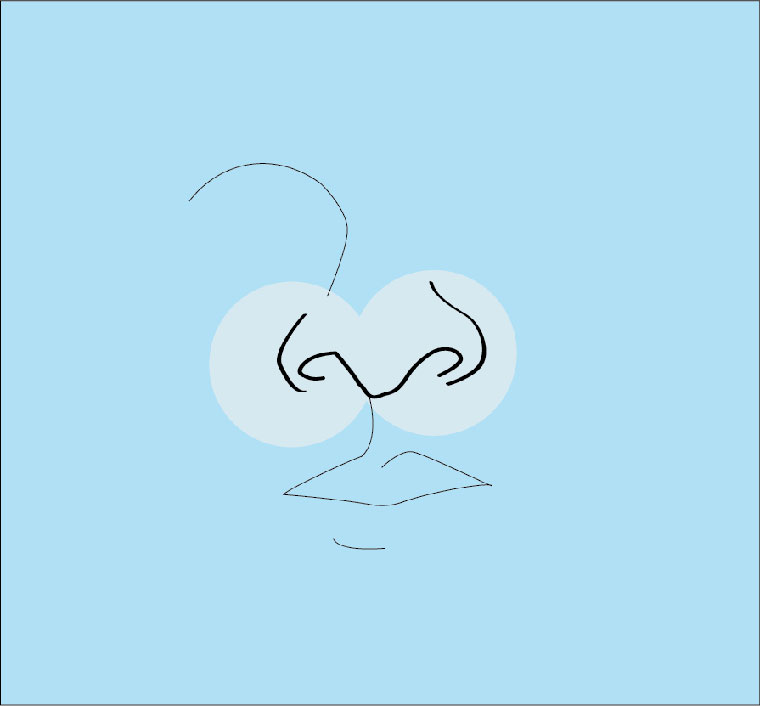
Can Wide Nostrils Be Fixed?
Thankfully, talented surgeons like Dr. Rizk can perform nostril alar base reduction rhinoplasty, also known as Weir excisions, which augments the size and width of your nostrils. This surgical procedure is also known as an alarplasty2 or nasal sill wedge resection, and it is the most common type of rhinoplasty. When performed by an expert rhinoplasty surgeon, it results in a more symmetrical, aesthetically pleasing nose. It can also be used to correct asymmetrical nostrils, where one nostril is larger than the other. This surgery can be done as part of a full rhinoplasty procedure or as a stand-alone procedure.
Nostril Alar Base Reduction Rhinoplasty
During the procedure, small incisions will be made at the base of each nostril. Excess tissue and cartilage will then be removed and the nostrils reshaped to make them appear more symmetrical. Depending on the individual’s needs, Dr. Sam Rizk, a New York City rhinoplasty specialist, may also trim away excess tissue from the alar grooves or perform a sill excision to reduce the distance between the two nostrils.
Weir excisions sit hidden on the inside of the nostrils and are almost virtually invisible. In any case, the benefit of the excision outweighs any negatives of a small scar. The diagram below shows the incision lines (in red) typically used for weir excisions.
Dr. Rizk has also innovated use of a special suture that narrows the base of the nose that goes under the skin from nostril to nostril in the area under the nose. This suture can also narrow the base of the nose and is placed from an incision inside the nose. Sometimes, Dr. Rizk uses this suture alone or in combination with a Weir excision.
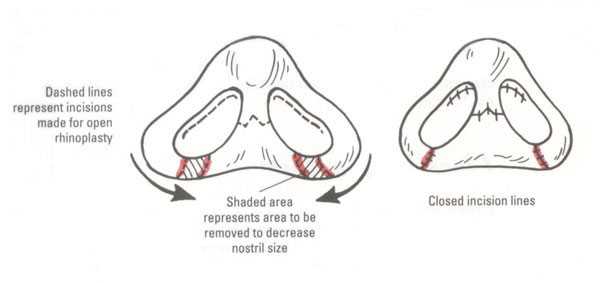
Causes of Wide Nostrils
Typically, variations in nostril size, shape or thickness can be attributed to genetics or are present from birth. Variations can be corrected with an alar base reduction rhinoplasty which may involve cartilage grafts or fat removal/addition. Wide nostrils can be caused by a variety of factors. These include:
Genetics
Genetically wide nostrils.
Poorly Performed Rhinoplasty
Nostrils that were made too wide or asymmetric during a previous nose job.
Over-projected Tip
A nose that has been over-projected and makes the alar base seem wider than it actually is, due to an overly prominent nasal tip.
Aging
Loss of structural support in the area due to aging, causing the alar base to collapse inwards and appear larger.
Unbalanced Facial Harmony
The base of the nose is not in proportion to the rest of the nose or features of the face. A large upper lip can also make the distance between the nostrils appear greater.
Alar Wings or Flanges
Excessive overgrowth of cartilage at the base of each nostril, also known as alar wings or flanges.
Determining Cause & Treatment for Wide or Flaring Nostrils
Dr. Rizk will carefully examine the nostrils and surrounding area to determine if a reduction is necessary. He looks at factors like size, shape, position, and overall length of the nose in order to recommend an appropriate course of action. Dr. Rizk may also take pictures from different angles to assess which areas need attention.
When a nostril reduction is necessary, there are several techniques that can be used. Dr. Rizk may perform an alar base reduction, which involves removing tissue from the sides of the nostrils to make them narrower and more symmetrical looking. Another option is a sill excision3, where excess tissue is removed from at the bottom of the nostrils to reduce the distance between them. Depending on the patient’s individual needs, Dr. Rizk may recommend a combination of both techniques in order to achieve optimal results.
Dr. Rizk in the Media
Frequently Asked Questions About Alar Base Reduction
What is Dr. Rizk’s experience with alar base reduction?
Dr. Sam Rizk is double board certified in facial plastic surgery (see board certification section of this website). Dr. Sam Rizk has had extensive training in both cosmetic and reconstructive rhinoplasty at New York’s best hospitals, including Memorial Sloan Kettering Cancer Center and New York Hospital, as well as Manhattan Eye, Ear and Throat hospital. He has performed very difficult adjustments in cancer patients after cancer removal which requires significant artistry and ingenuity. Dr. Rizk also has a specialization in ethnic rhinoplasty. Many who seek this procedure require a reduction as part of the rhinoplasty procedure. In addition, Dr. Sam Rizk does nostril adjustments on patients with cleft lip/palate who tend to have very significant asymmetries and require major grafting and adjustments to make their nose and nostrils more symmetrical. Drawing on his wealth of experience, Dr. Rizk is able to adjust the conventional approaches while also creating unique modifications, so as to produce a natural-looking and rounded nostril with an inconspicuous scar located internally rather than externally.
How does Dr. Sam Rizk determine who is an appropriate candidate for a nostril reduction?
Alar base reduction is done for nostrils that are too wide, and may be performed as an isolated procedure or in conjunction with rhinoplasty. There are certain guidelines for nostril position in comparison to the nose and other facial structures, but ultimately the surgeon’s artistry and vision for your nose determines if a nostril reduction is performed and how much is removed. Dr. Sam Rizk is very conservative with nostril reductions, since you cannot put them back to their original state. If Dr. Rizk performs an Alar Base Reduction during a rhinoplasty procedure and you want more taken out at a later time, this is an easy touch up procedure done under local anesthesia. These reductions can be performed on large or flaring nostrils or on asymmetrical nostrils. Dr. Rizk determines if nostrils are flaring based on an imaginary vertical line dropped from the inner part of the eye. The nose and nostrils should be within this vertical imaginary line. If the nose does not lie within this line, then a nostril reduction should be performed. Also, sometimes Dr. Rizk will perform a nasal reduction only on one side if one nostril is larger than the other. Sometimes nostrils are collapsing from previous nasal surgery and will require a cartilage graft to create a natural curved appearance and correct the collapsed pinched areas. Nostrils can also vary not just in size but also in thickness or horizontal insertion into the face, one being higher or lower than the other. These other variabilities in nostrils can be improved, although it is important to understand that complete symmetry is impossible in an already asymmetric nostril.
Where are incisions performed for nostril reduction?
A Weir incision or a modified version of it can be administered internally on the nostril, while an incision given externally is more suitable for positioning along the curvature where the nose meets one’s cheeks. Dr. Rizk uses an internal incision in a modified type of Weir excision where he rotates the nostril to make them narrower in a natural position without a visible scar. Dr. Rizk does not perform external nostril incisions on the outside curvature of the nostril as the scars are usually very visible and may be difficult to hide. Dr. Rizk’s technique for nasal reduction is unique and has been developed over many years to minimize scars and achieve a natural contour to the nostrils.
What is the nasal sill and when does Dr. Rizk do a sill excision?
The sill is the distance from the parting middle piece of skin separating the right and left nostrils (called columella) to the internal border of the nostril. Sometimes the sill is too long and makes the nose appear wide. If only the sill is wide and the nostril curvature is normal, then only a sill excision can be performed from a small internal incision to medialize or bring the nostrils closer to the middle part of the nose. Making an incision on the sill must be done with precision and delicacy to ensure that nasal airflow and respiration is not impaired. If both the sill and nostrils are large then a combined sill-nostril excision can be performed.
When is a reduction performed during a rhinoplasty procedure?
Dr. Sam Rizk performs an alar base reduction as the last part of a rhinoplasty procedure for several reasons. First, tip surgery can affect the shape of the nostrils, so the tip should be performed first. If the tip needs to be projected, this can bring the nostrils in more and make them narrower. If the tip needs to be deprojected or brought closer to the face, this can make the nostrils flare more.
Does a nostril reduction prolong the healing from a rhinoplasty?
No, Dr. Rizk removes the sutures around the nostril at the same time as the cast from the rhinoplasty is removed, one week after surgery. Dr. Rizk opts to use removal stitches rather than dissolvable ones in order to promote better healing results. The dissolvable sutures would leave little red dots as they dissolve, but the removable sutures do not leave a mark after removal.
Awards & Certifications
References
1Managing Alar Flare in Rhinoplasty. Rod J. Rohrich, Menyoli M. Malafa, Jamil Ahmad, Deniz S. Basci. Available: https://pubmed.ncbi.nlm.nih.gov/29068925/.
2All About Alarplasty: Procedure, Cost, and Recovery. Available: https://www.healthline.com/health/alarplasty.
3Nasal sill augmentation: an overlooked concept in rhinoplasty—a technical note and review of the literatures. Gholamhossein Adham, Seied Omid Keyhan, Hamid Reza Fallahi, Heliya Ziaei,corresponding author and Mohan Thomas. Available: https://www.ncbi.nlm.nih.gov/pmc/articles/PMC8131461/.

By Dr. Sam S. Rizk, M.D., FACS.
Dr. Rizk is a double-board-certified facial plastic surgeon who specializes in rhinoplasty surgery and is a recognized expert on the latest advances in facial plastic surgery techniques. He performs a range of facial plastic surgeries at his New York practice.



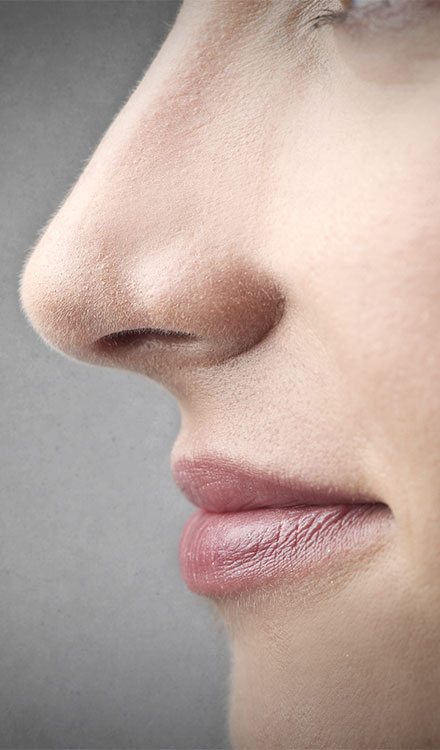
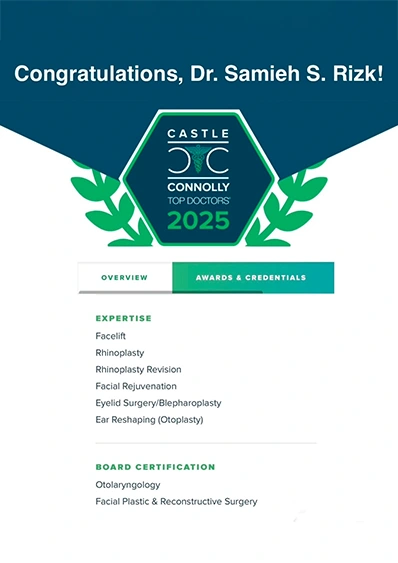

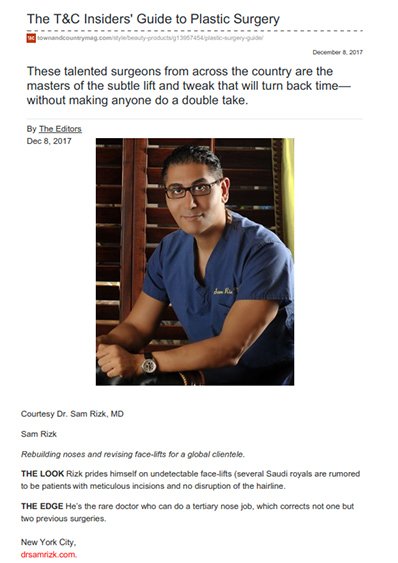

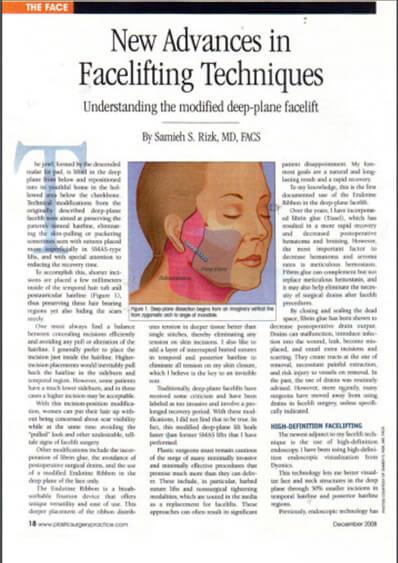


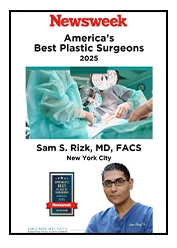
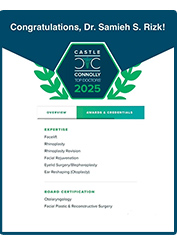


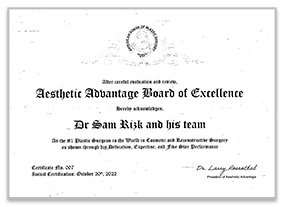



2.jpg)









